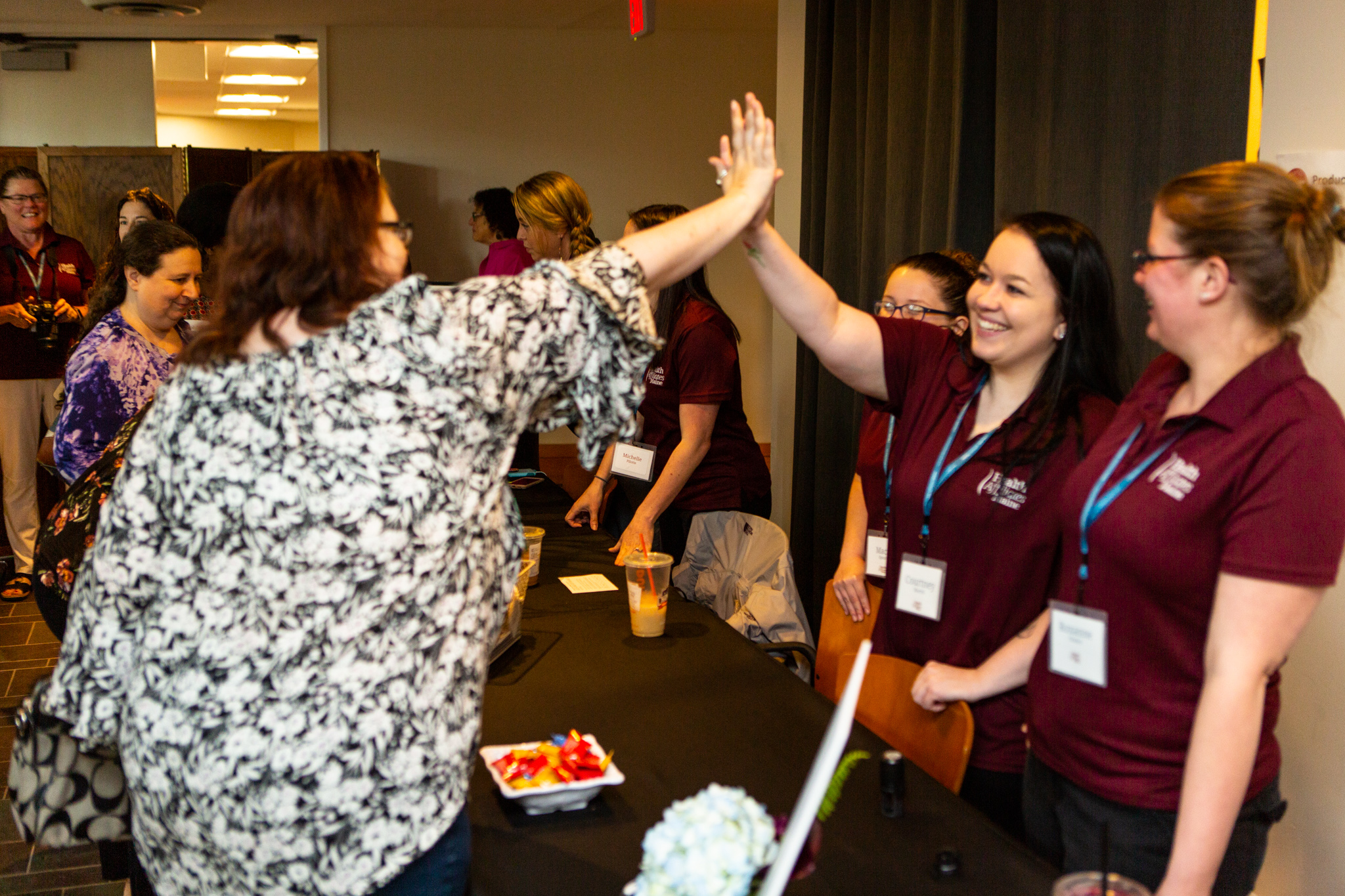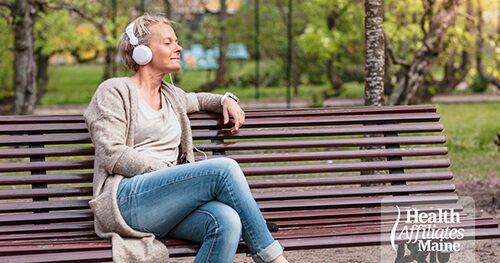We understand. The clinical load is heavy. Your days are filled with people who rely on your presence and your care. When the session ends, there’s still documentation, calls, treatment plans... and somewhere in that pile sits your other administrative tasks. Regular...
News Articles
Caring Through the Chaos: Navigating Overwhelm in a Complex World
The world feels heavy sometimes. Whether it’s personal, local, or global, the collective weight of uncertainty, injustice, and heartache can quietly creep into the therapy room. For clinicians like you, the challenge lies not only in supporting others through their...
Time Management Mastery: Essential Strategies for Private Therapy Practice Owners
Feeling submerged under an ever-growing pile of administrative tasks, client sessions, and the constant pressure to balance work with personal life? You're not alone. Running a private therapy practice brings with it a unique set of challenges that can make even the...
Health Affiliates Maine named 2023 Agency of the Year
By the National Association of Social Workers Maine Chapter Health Affiliates Maine is proud to have been selected by the National Association of Social Workers (NASW) Maine Chapter as the 2023 agency of the year. The NASW awards are intended to foster...
Coming Out of the Pandemic: From Surviving to Thriving, Part 2
On the COVID-19 pandemic’s third anniversary, we’re pausing to honor the 6.6 million lives lost, reflect on the profound experience this disease has had on us as survivors, and look for meaningful paths forward. In the first of this two-part series on moving from a...
Coming Out of the Pandemic: From Surviving to Thriving, Part 1
As we approach the third anniversary of the COVID-19 pandemic and are hopefully transitioning to an endemic phase, we’re pausing to honor the 6.6 million lives lost, reflect on the profound experience this disease has had on us as survivors, and look for meaningful...
Trauma-Specific Self-Care: Part 1
Self-care is important for everyone. But how do you practice self-care and self-compassion when you have been through or are currently experiencing a traumatic life event? In this first of a two-part series on trauma-specific self-care, we look at how your body...
How Do I Help Students Concerned about School Violence?
As summer comes to a close, parents and students across America start preparing to head back to school. Some students understandably have anxiety about returning to the classroom in light of the school shooting in Uvalde, Texas, and other recent incidents of school...
New Year, New Experiences: Are You Ready for Private Practice?
Thinking about opening your own private practice? Way to go! Health Affiliates Maine is proud to help behavioral health professionals as they venture into entrepreneurship, making that potentially overwhelming experience a little easier to navigate. Signs You’re Ready...









